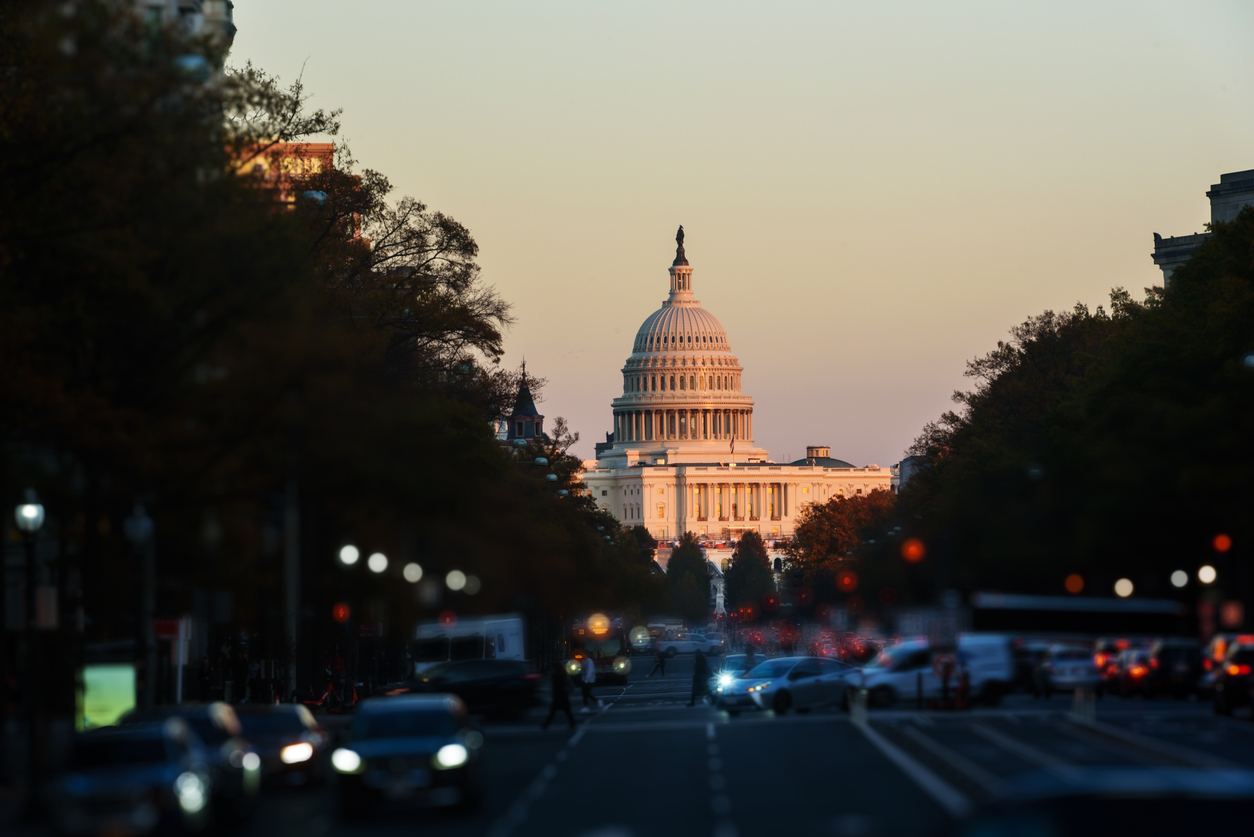Government Shutdown Looms Large
September 26, 2025

As the federal government’s fiscal year draws to a close on September 30, the United States faces the prospect of yet another government shutdown. While a bill to fund the U.S. government for seven weeks has passed in the House of Representatives, it has yet to pass the Senate. Republicans and Democrats are expected to blame each other for the impasse.
Economy/Market Implications
Unlike the threat of government default, a government shutdown has not historically had much impact on market activity, although a shutdown now could damage risk sentiment in a market with stretched valuations. Essential government services would continue, although how that might work under the Department of Government Efficiency (DOGE) is a new wrinkle. Trading, settlements, and cash movement are unaffected.
It is important to note that a government shutdown does not impact the timely payment of interest and principal for U.S. Treasuries (USTs) or Government-Sponsored Enterprise (GSE) debt. The Treasury will be able to continue issuing new UST debt given the $5T increase in the federal debt limit as part of the Budget Reconciliation Bill signed in July 2025.
The negative impact of a government shutdown might, on the margin, be supportive of a Federal Reserve (Fed) rate cut at the October 29 Federal Open Market Committee (FOMC) meeting (futures currently place the probability of a rate cut at 91%).
The timeliness of economic data will however be negatively impacted, clouding economic and Fed forecasting in an environment where there is increased scrutiny over the credibility of government data. The quality and timeliness of economic data is important given the Fed’s concerns over rising unemployment and stubborn inflation levels.
Further, rating agencies have previously cited government dysfunction as one of the catalysts for U.S. rating downgrades. A government shutdown would likely be viewed as more evidence of the current political divide and governance dysfunction. The major rating agencies have not yet commented on the current shutdown threat.
A resolution that increases the U.S. budget deficit would exacerbate the current fiscal situation, potentially influencing long-term Treasury yields.
Meanwhile, the impact on the yield curve is uncertain given the number of other factors at play (Fed policy, economic uncertainty, UST new issuance, risk aversion, etc.). A longer duration shutdown would be more disruptive with the potential for greater market reaction.
Client Implications
A government shutdown should not impact money market funds (MMFs) or local government investment pools (LGIPs) in any meaningful direct manner. Longer duration fixed income separately managed accounts (SMAs) and outsourced chief investment officer (OCIO) portfolios could be impacted by market-related increased volatility and/or risk avoidance.
For additional information about this report, please reach out to your relationship manager.